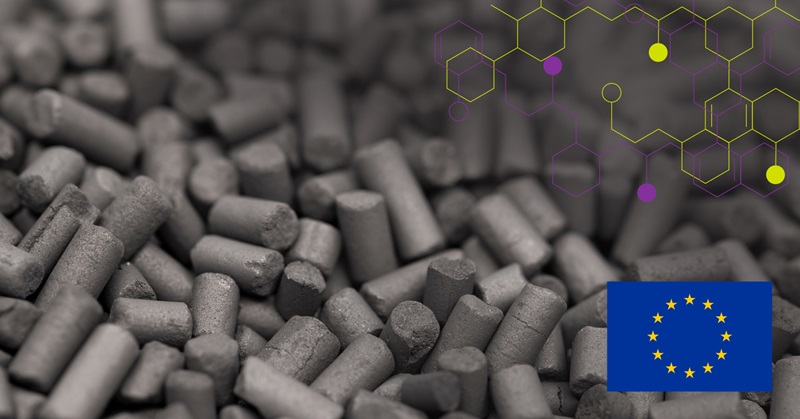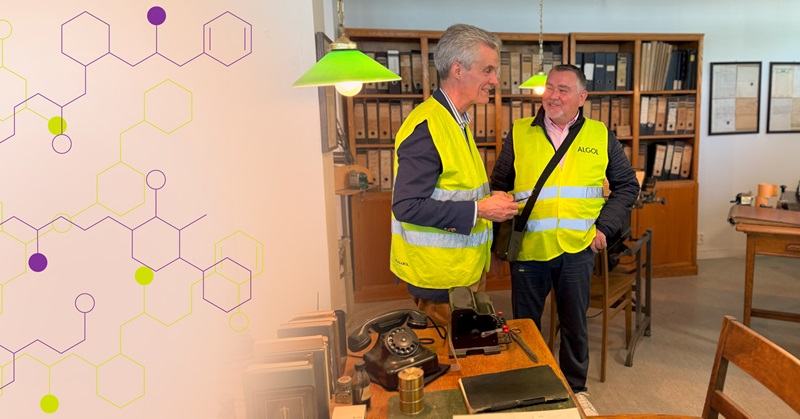Transforming construction: SIPERNAT® 380 in 3D Concrete Printing - The ultimate solution for accelerated printing and curing
3D printing of façade elements and complete buildings requires concrete with specific flow and setting properties. The mixture must move smoothly through the pump and printer while maintaining its form after extrusion. Once printed, the material should harden quickly to create a stable structure. Faster curing speeds up the building process and can help reduce costs.
Evonik's SIPERNAT® 380 precipitated silica helps adjust the flow and setting properties of concrete mixtures, even in small amounts. Its fine particles mix well with cement components, improving the material's behavior during printing. Addition of SIPERNAT® 380 creates a very favorable rheology, with only a minor effect on the dynamic yield stress of the formulation but high static yield stress which is tunable by adjusting the concentration of the material.
Key benefits and advantages of SIPERNAT® 380
SIPERNAT® 380 is engineered to address the challenges associated with 3D-printed concrete formulations. Its ultra-fine, amorphous silica particles offer several advantages:
- EASY TO DISPERSE: The very small particle size of SIPERNAT® 380 supports easy dispersing during the mixing process to create homogeneous mixtures.
- ENHANCED RHEOLOGY CONTROL: The fine particles of SIPERNAT® 380 enable precise control of rheology. Its addition leads to mixtures with favorable pumpability which stay in place after leaving the nozzle.
- ACCELERATED CURING SPEED: SIPERNAT® 380 significantly improves curing speed, facilitating the development of robust structures for your 3D printed constructions. No lengthy waiting times but efficient project completion.
- SUPERIOR MECHANICAL STRENGTH: Due to its high efficiency, already small additions of SIPERNAT® 380 vastly improve the strength of your 3D printed structures.
By optimising the yield stress balance, SIPERNAT® 380 allows construction firms to print multiple layers more efficiently. Evonik's studies have shown that increasing the concentration of SIPERNAT® 380 results in a higher number of printable layers without affecting the mixture’s pumpability. This capability significantly enhances productivity, reducing overall project timelines and costs. Moreover, its ability to improve interlayer adhesion ensures that printed structures achieve a high level of uniformity and durability.


